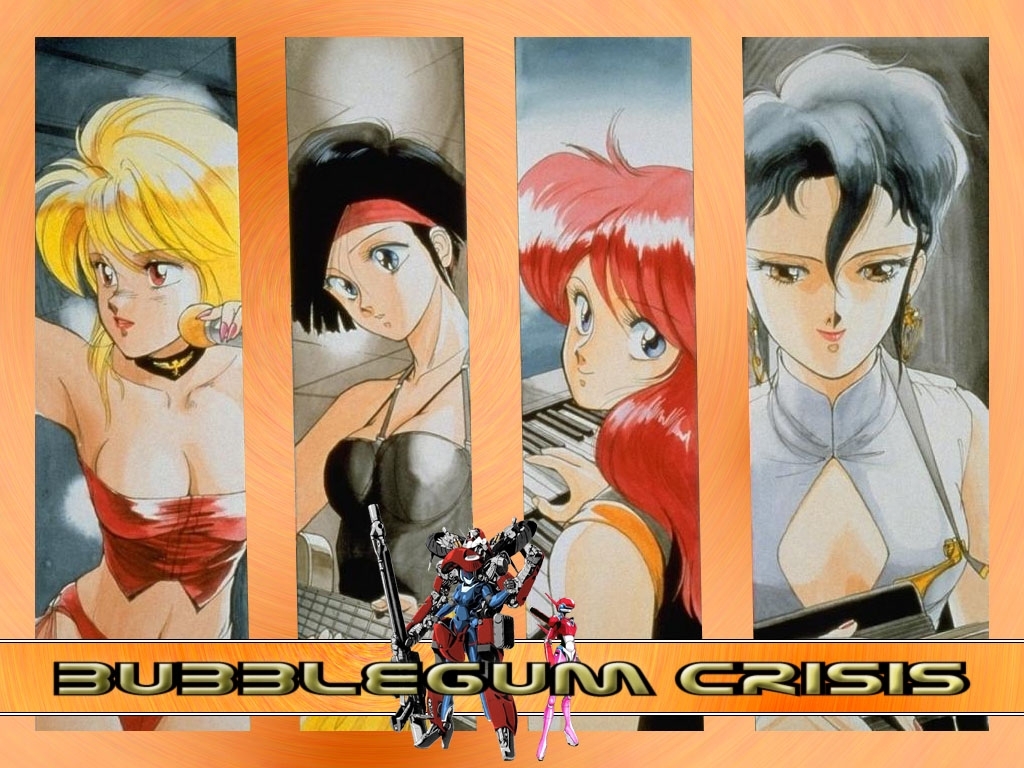
Yes, for most of us, it was love at first polygon when we caught our first glimpse of The Great One, whether it was that ever-so-alluring pyramid-shaped box or one of the many, many, many magazines whose covers she graced. And today, for a mere $29.99 US, you can take a trip down memory lane with the lovingly-crafted (or perhaps that should be 'Crofted'?) HD remasters of her first three adventures on PS4, PS5, Xbox One, Xbox Series S/X, PC, and Nintendo Switch. She's come such a long way since 1996, wouldn't you say?
I'm seriously blown away at how beautiful these new versions look, and the reviews from the gaming community have been largely positive as well. More than just a texture-upscaled cash grab, Aspyr went to an incredible effort to polish these games up and make them more accessible to modern audiences. They added an entirely new modern control scheme based on controllers now having analog sticks. Subtitles have been added to all FMVs. Every game runs in a widescreen mode, compatible with modern display resolutions. Frame rates have also been uncapped, with a minimum 60 FPS now as opposed to the 30 FPS versions the original games were locked to. Icons have been added to mark where Lara can interact with various bits of the world. Boss monsters now have health bars so you can see how effective your attacks are. The original game had a lighting engine overhaul to bring it into line with how Tomb Raider II and III behaved with their in-game lighting. In-engine cutscenes have been lip synched. And all of these are entirely user-controlled, up to and including the HD overhaul: if you want to play the games as they originally controlled and looked, you can. In fact, you can flip back and forth between the classic and remastered look with the press of a button at any time, even during the FMVs and even the title screens, and the original graphical versions revert to their locked 30 FPS modes.
But Aspyr even went above and beyond that. There are a ton of little, subtle changes to the remasters that really serve to make the games look like my imagination remembers them from back in the day. Cobwebs show up in corners where none existed before. Snow trickles in through the roof openings of Peru's cavernous levels. Ripples flow behind Lara as she wades through water. Design elements like plants, collectible items, and other decorative level details which were flat sprites in the originals have all been remodeled in 3D, giving the worlds a greater sense of depth. The games' soundtracks and effects have been remastered as well by Nathan McCree, their original composer, and the soundtrack to TR1 has been properly implemented for the PC version, something which required a mod for the longest time. The water itself has been retextured and animated so that it looks more like natural water. Enemies have all been remodeled, maintaining the original look and feel of the classic models instead of just upscaling the original texture-mapped polygons:
And it keeps going. Each game also includes its respective expansion pack ('Unfinished Business' for Tomb Raider, 'The Golden Mask' for Tomb Raider II, and 'The Lost Artifact' for Tomb Raider III). This comes to a total of fifteen bonus levels, none of which have previously been available for console versions of the original games until now. An additional "New Game +" mode was added which increases the health and damage of all enemies, and re-implements the original console versions' Save Crystal system, forcing you to decide when to make those critical saves instead of being able to scum the system whenever you like. The number of available save slots for each game has also been doubled. Aspyr even left in several of the games' original faults, like the infamous 'corner bug' which allows Lara to glitch into areas she isn't meant to reach normally and upon which speed runners rely heavily to sequence-break. In fact, a number of the trophies/achievements are based on stunts performed by the games' speed runners and require one or more glitches to accomplish. You even get one for using the level skip cheat, and for locking Winston in the freezer, which is just hilarious.
They added a Photo Mode, which allows you to pause the action at any time and take a snapshot. In Photo Mode, you can set Lara's expression, her pose, the outfit she's wearing, and the weapons she's carrying. You can also pan and zoom the camera to get in close and see the details on the new textures. It's silly fun, but it's something I absolutely adore and it lets you explore the scenery in ways previously impossible, or set up cute posed shots like this one:
And yes, it works with the classic graphics mode too:
About the only thing they left out is the nude code.
In short, it's been a long, long time since I've been this excited about a new release, but this is just what I didn't even know I wanted. Those original Tomb Raider games were a huge part of my younger years. I've appreciated the approaches that Crystal Dynamics have taken over the years, with the likes of Tomb Raider Anniversary and the more survival-focused reboot trilogy, but those original games were some of my first major video game crushes, if you will, and Aspyr has certainly taken great care to showcase them, flaws and all, for both new and returning gamers alike. I couldn't be happier, and I think you will be too. Happy birthday, Lara!
*huggles*
Areala
- Read more...
- 0 comments
- 631 views

